Costa Rican Bahatalazu Tarrazu raisins to treat the flavor of French yellow kaduai raisins
[Costa Rican raisin treatment] Huang Kaduai seed, the treatment of raisin honey is relatively new. at present, according to Qianjie Coffee, the treatment process is double fermentation, that is, the coffee fruit is first dried into a raisin state, and then peeled honey is treated with fermentation. the flavor of fermentation will be stronger in flavor, and the pectin preservation is higher than other honey treatments, which is claimed to be 100% pectin honey treatment really has raisin flavor.
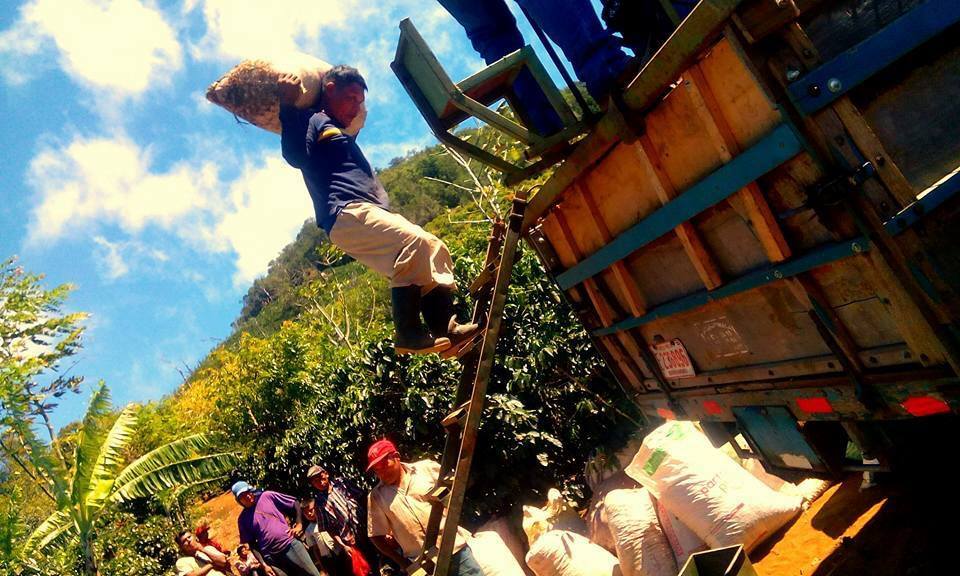
This area is the most intensive area of Costa Rican fruit cultivation, the manor mainly grows passion fruit, and the amount of coffee also wants to be small, but the coffee beans in this area are mostly treated with red honey, black honey and yellow honey. Sweetness and berry aromas will definitely surprise you, with good sweetness, consistency and thickness, with ripe fruit flavors similar to dried bananas.
Origin: Tarasu
Altitude: 1980m
Variety: Huang Kaduai
Treatment method: after removing the coffee peel, leave 60% of the sticky pulp, then dry, then remove the pulp layer and pectin layer, and then enter the warehouse, and the pulp needs to be turned constantly during drying to avoid mildew caused by sticking of the pulp. And need to be dried in a short time to avoid excessive fermentation.
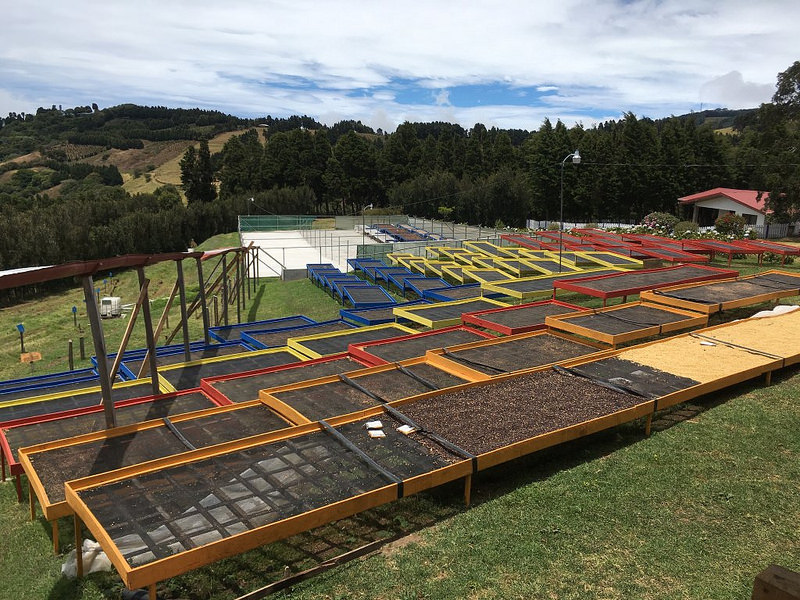
Taste characteristics: floral and fruity aromas, filling the mouth, sweet honey, caramel, jasmine, BlackBerry and lime. This is a rather sweet coffee, with a juicy taste and balanced sour taste, with all the qualities of Rose Summer, sipping like a bouquet of blooming flowers.
Costa Rica is located in the Central American isthmus, latitude 10 °north, longitude 84 °west. It faces the Caribbean Sea to the east and the North Pacific Ocean to the west. Costa Rica is located in the volcanic belt of the low latitudes of Central America, the central plateau and mountains are about 800 to 2000 meters above sea level, suitable for coffee growth. Costa Rican coffee has always been famous for its well-balanced, clean, clear, berry-flavored fruit. Excellent Costa Rican coffee finishes with spicy and cocoa flavors. The most famous large planting area in the country is Tarrazu, near the capital, San Jose. Tarazhu producing area has the highest average latitude and excellent climate and soil conditions, which makes Tarazhu the most famous and generally recognized coffee producing area in Costa Rica. Sanshui River (Tres Rios) is a famous small producing area in Tarazhu producing area. The most famous single estate coffee in Costa Rica in the boutique coffee world is the La Minita estate in Tarazu District, which produces only 160000 pounds a year. Costa Rica's climatic conditions are very different, completely subverting the classification of the four seasons of the year, there are only two seasons, April to December is winter, with more rainfall, and from the end of December to April the following year is the dry season, also known as summer. The annual average temperature in San Jose, the capital, ranges from 15 ℃ to 26 ℃, while the temperature in the coastal areas is relatively high, with a night average temperature of 21 ℃ and a daily average temperature of 30 ℃ in the Caribbean.

Costa Rican Tarazu (Tarrazu)
Because of the coffee industry, Costa Rica is a more advanced profession. Coffee farmers have a high status in Costa Rica. In 1897, citizens of the capital witnessed the completion of the National Theater donated by coffee tycoons. Coffee wealth brings stability to Costa Rica's politics, economy and democracy, which is rare in Central American countries. In addition, Colombia has a law that only allows the planting of Arabica, and Robasta is a "contraband" in its territory, which is also the only initiative seen in the world.
Costa Rica's production is small, with an annual output of about 110000 tons, ranking seventh in Central and South America. Costa Rica is dominated by recent coffee varieties, such as Kaddura, Kaduai, New World, etc., while the ancient bourbon and Tibica are rare. There are also many varieties in the territory, the most famous is the bourbon variety Vera Saatchi, a variety of elegant flavor, Brazil has also been introduced and planted, has won a prize. In addition, Costa Rican research institutions have spared no effort to improve the mixed-race Katimo, trying to reduce the stout bean pedigree and enhance the Arabica flavor of Katimo, which has been exported to Asia for trial cultivation in recent years.
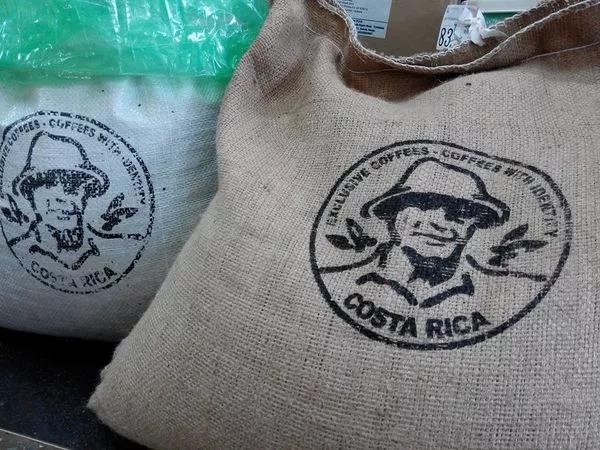
Costa Rica mostly uses washing treatment, and in recent years there has also been an alternative half-sun treatment (Miel) or Honey Coffee, which can be translated as "as sweet as honey" treatment. The coffee that Costa Rica claims to be "as sweet as honey" is Honey Coffee on the sack, which is quite eye-catching. It has improved the Brazilian half-sun method to increase sweetness, focusing on keeping the pectin layer glued to the pods as completely as possible, removing the peel and moving the sticky pods to an outdoor viaduct, similar to Kenyad's practice, so as not to absorb the odor and moisture of the land, then expose to the sun and air-dry for about a week or two. During this period, you have to turn the pods every hour to make them evenly dry, so that the beans can fully absorb the fruit aroma and sugar essence of the thick pectin layer, and put them into a wooden container to ripen after dehydration. It takes a lot of work, but the fruit of "honey wine" tastes as sweet as honey. The disadvantage is that the risk of this method is very high, and it is easy to mildew and rot when the weather is too wet. Costa Rica is not as dry as it is, but it dares to use the treatment of exposure for a long time, which makes people feel cold sweat, but it also reflects Costa Rican coffee craftsmanship.
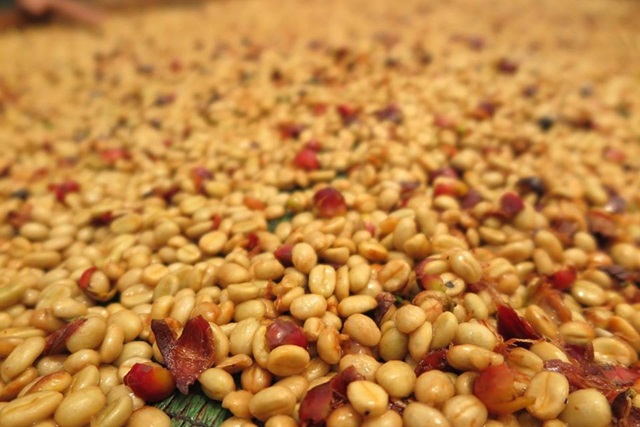
The flavor of Costa Rica has always been steady, without the sharpness of Guatemala, it is quite mild and supple, sour, sweet and bitter chocolate, inclusive and well-balanced, is the classic flavor of gourmet coffee. The seven major coffee producing areas are as follows: Durieba Valley (northeast of the capital San Jose), Central Valley (northwest of San Jose), Western Valley (west of the capital), Sanhe District (east side of the capital), Blanca (southeast of the capital), Orosi (north of the capital), Tarazu (south of the capital). Among them, the Central Valley, Tarazhu and Sanhe producing areas are the most famous. In principle, the quality of coffee sloping towards the Pacific is better than that facing the Atlantic. In the 2007 Costa Rica Cup Test Competition, the champion farm Serobado was located in the Tarazu producing area south of San Jose, but the Central Valley also performed well, with two or four from the city of Naranhe, where Sanhe District seemed to be left out.
The strict management of Laminita Farm in Tarazhu production area has established a world-class reputation and is popular in European and American markets for most of the century. It can be called a world-famous coffee farm. Lamini Tower means "small gold mine". Before the Spanish colonization, the Indians used to dig gold in the present farm location, which can be described as a blessed land. Raminita produces about 1 million pounds of coffee beans a year, and after selection to remove defects (more than 70% eliminated), only 290000 pounds of high-end products are sold to the boutique market, which is not a false name. The coffee of Gai Manor is famous for its sour aromas of apple and citrus, rich milk and truffle, and delicate taste of silk, about 1200-1700 meters above sea level. In addition, Sanhe District is also a famous producing area. The Yilazhu volcano and rivers not far to the east of the capital form an excellent microclimate zone, but in recent years, the urban area has gradually extended to the suburbs, and agricultural land has been sold to developers, resulting in a sharp decline in coffee production in Sanhe area. the output is almost half of which is contracted by Starbucks, and it is not easy for the industry to buy. Aquez Grass, a famous farm in this area, has been adhering to it since 1857. It has a long history, bright acidity, soft and unsharp fruit, nuts, flower-scented taffy and sweet fragrance, which is the characteristic of coffee in this area.
Costa Rica's coffee skills are very high, regardless of breeding, planting or post-processing (washing, half-sun) is enough for all producing countries to learn from. However, the supply of famous producing areas falls short of demand, and unscrupulous operators often mix them with high-quality beans in other second-rate producing areas, and the producing areas hundreds of miles away from Tarazhu also dare to fish in troubled waters in the name of Tarazhu, so they have to be careful.
Costa Rican coffee generally uses moderate roasting techniques to reflect the neutral acidity and aroma of coffee beans, and the coffee produced after roasting reflects the state of large grains.
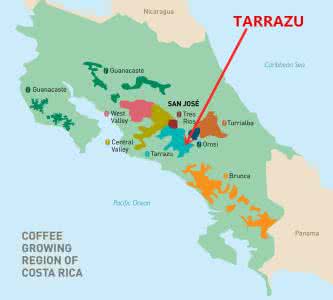
Suggestion on coffee baking in Qianjie
The Shumawa black honey treatment of Qianjie coffee has a very high hardness. In order to make it fully stretch, develop flavor, and maintain high-quality sour taste, you can take the operation of "pulling acid" when baking-- increase the firepower at the turning yellow point. Let the temperature curve climb steeply to achieve the purpose of increasing fire, promoting aroma and explosion, to explode intensively, to make "sweetening" operations, to develop sweetness, and to turn off the fire before dropping beans to increase taste and maturity.
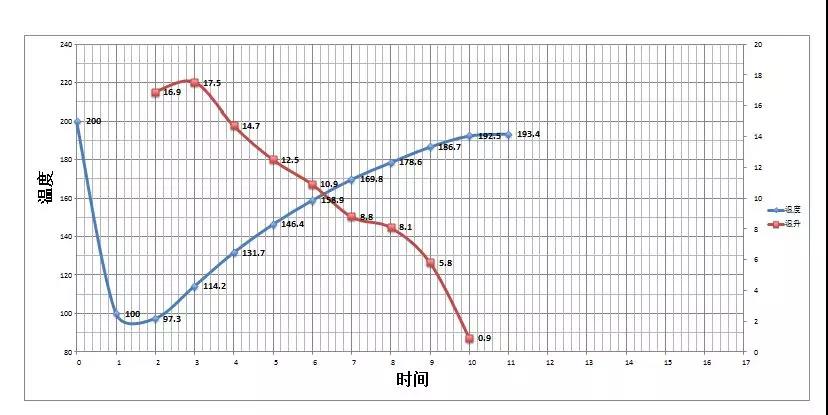
Yangjia 800N, raw bean 550g, specific operation:
The furnace temperature is 200 degrees Celsius into the pot, the throttle is set to stew for 1 minute, the firepower is adjusted to 160C, the throttle remains unchanged, the furnace temperature is adjusted to 160C, the temperature is reduced to 135C, the temperature is baked to 540 ", the temperature is 154.9 degrees, the bean surface turns yellow, the smell of grass disappears completely, dehydration is completed, and the throttle remains unchanged.
In the 9th minute, ugly Hu wrinkles and black markings appear on the bean table, and the smell of toast obviously changes to the smell of coffee, which can be defined as a prelude to an explosion. At this time, listen clearly to the sound of an explosion point, to 9: 21 "start an explosion, adjust the firepower to 80 degrees, and the throttle should be fully opened at 5 degrees (the firepower should not be so careful that there is no cracking sound) 50 degrees, 193.4 degrees when the pot.
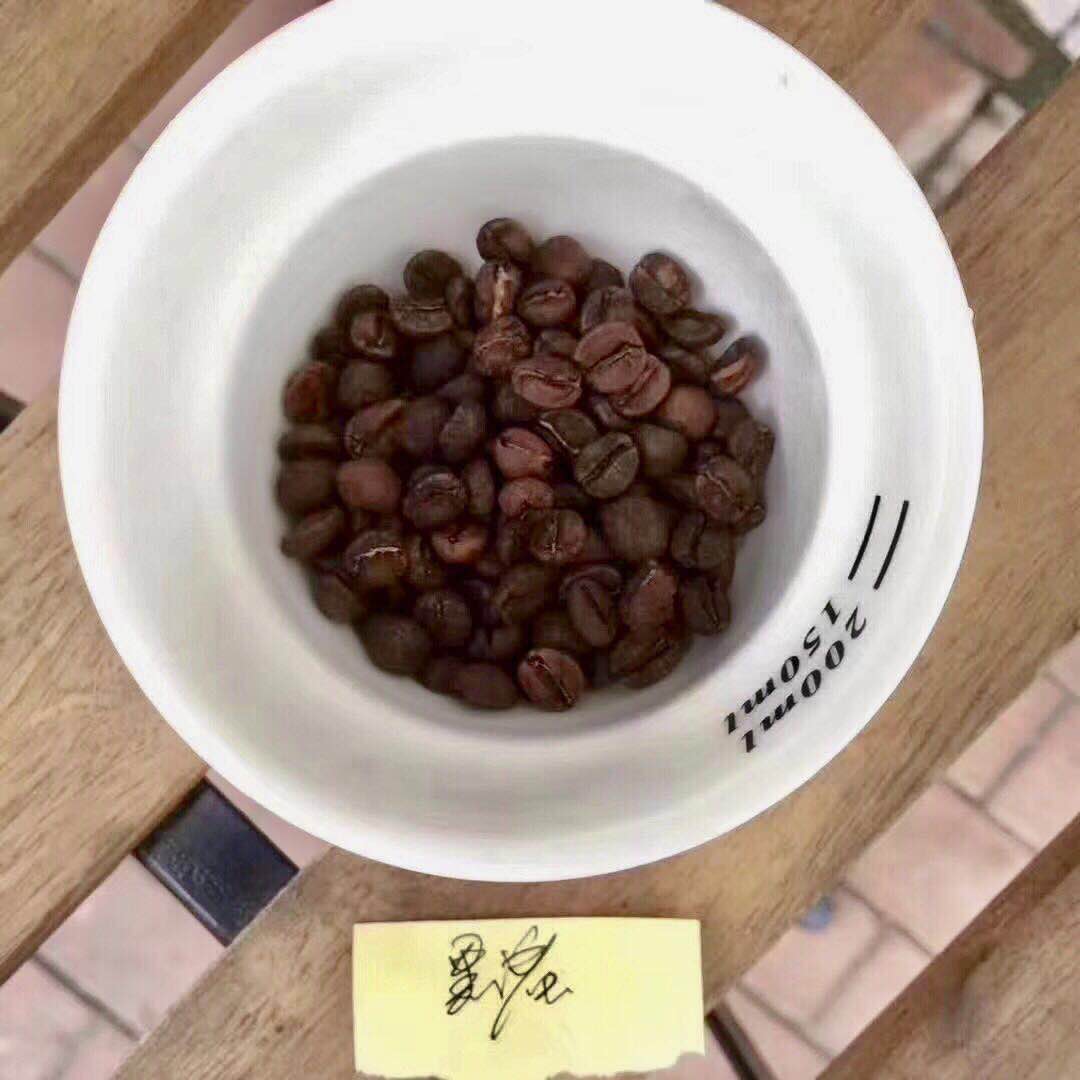
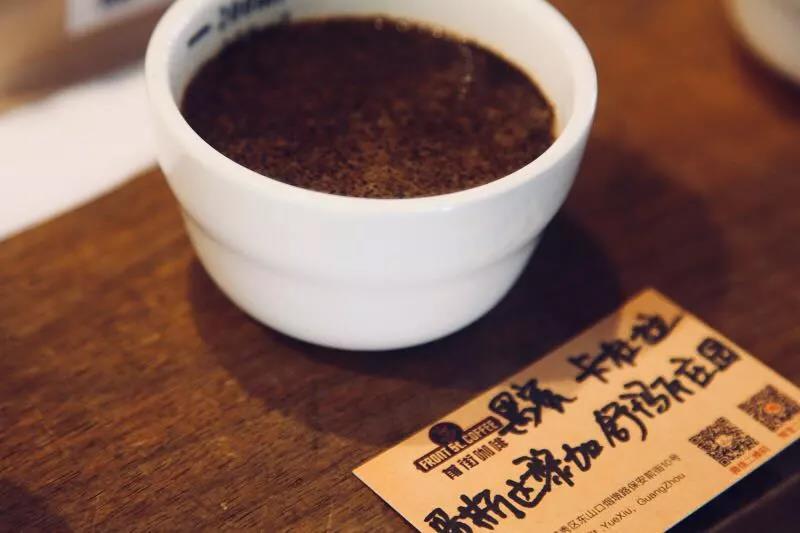
Important Notice :
前街咖啡 FrontStreet Coffee has moved to new addredd:
FrontStreet Coffee Address: 315,Donghua East Road,GuangZhou
Tel:020 38364473
- Prev
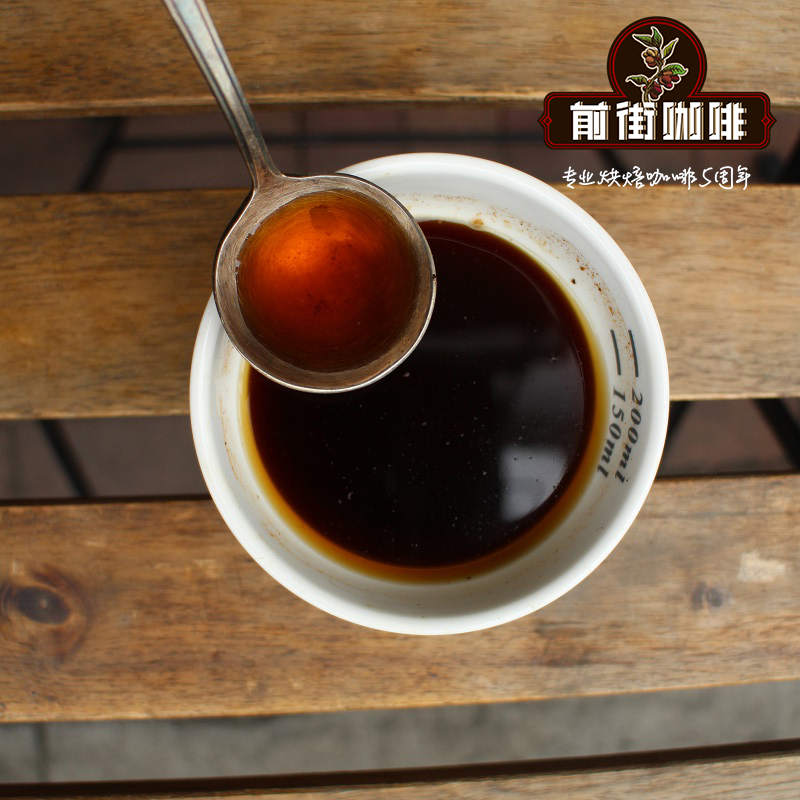
Jensen Manor the best Panamanian coffee produced by geisha Geisha among all the manors in Panama in the summer.
The landowner, Mr. Carl Janson, who was originally Swiss, came to Panama and fell in love with Volcn, a place surrounded by mountains similar to his native Switzerland. At this high altitude, nutrient-rich volcanic soil, abundant rainfall and suitable average temperature, Jensen Manor has gradually become the second largest production of geisha (Geisha) among Panamanian estates.
- Next
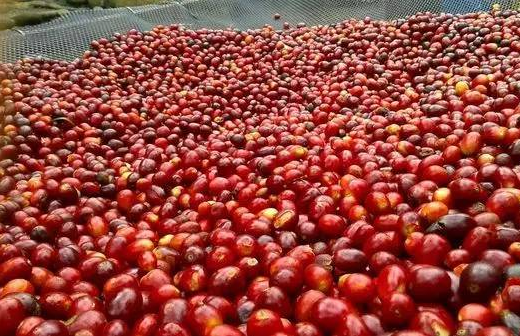
Janson Manor's Kadura Suntan at BOP Auction 2016 Reached $51
Since rose summer has dominated the conversation, you might not have noticed that panamanian specialty coffee production began well before 2003. The Panama Specialty Coffee Association (SCAP) was founded in 1995, and estates like Lerida and Carmen have always been at the forefront of competitors. And what's different now is that fine coffee auctions,
Related
- Does Rose Summer choose Blue, Green or Red? Detailed explanation of Rose Summer Coffee plots and Classification in Panamanian Jade Manor
- What is the difference between the origin, producing area, processing plant, cooperative and manor of coffee beans?
- How fine does the espresso powder fit? how to grind the espresso?
- Sca coffee roasting degree color card coffee roasting degree 8 roasting color values what do you mean?
- The practice of lattes: how to make lattes at home
- Introduction to Indonesian Fine Coffee beans-- Java Coffee producing area of Indonesian Arabica Coffee
- How much will the flavor of light and medium roasted rose summer be expressed? What baking level is rose summer suitable for?
- Introduction to the characteristics of washing, sun-drying or wet-planing coffee commonly used in Mantenin, Indonesia
- Price characteristics of Arabica Coffee Bean Starbucks introduction to Manning Coffee Bean Taste producing area Variety Manor
- What is the authentic Yega flavor? What are the flavor characteristics of the really excellent Yejasuffi coffee beans?

